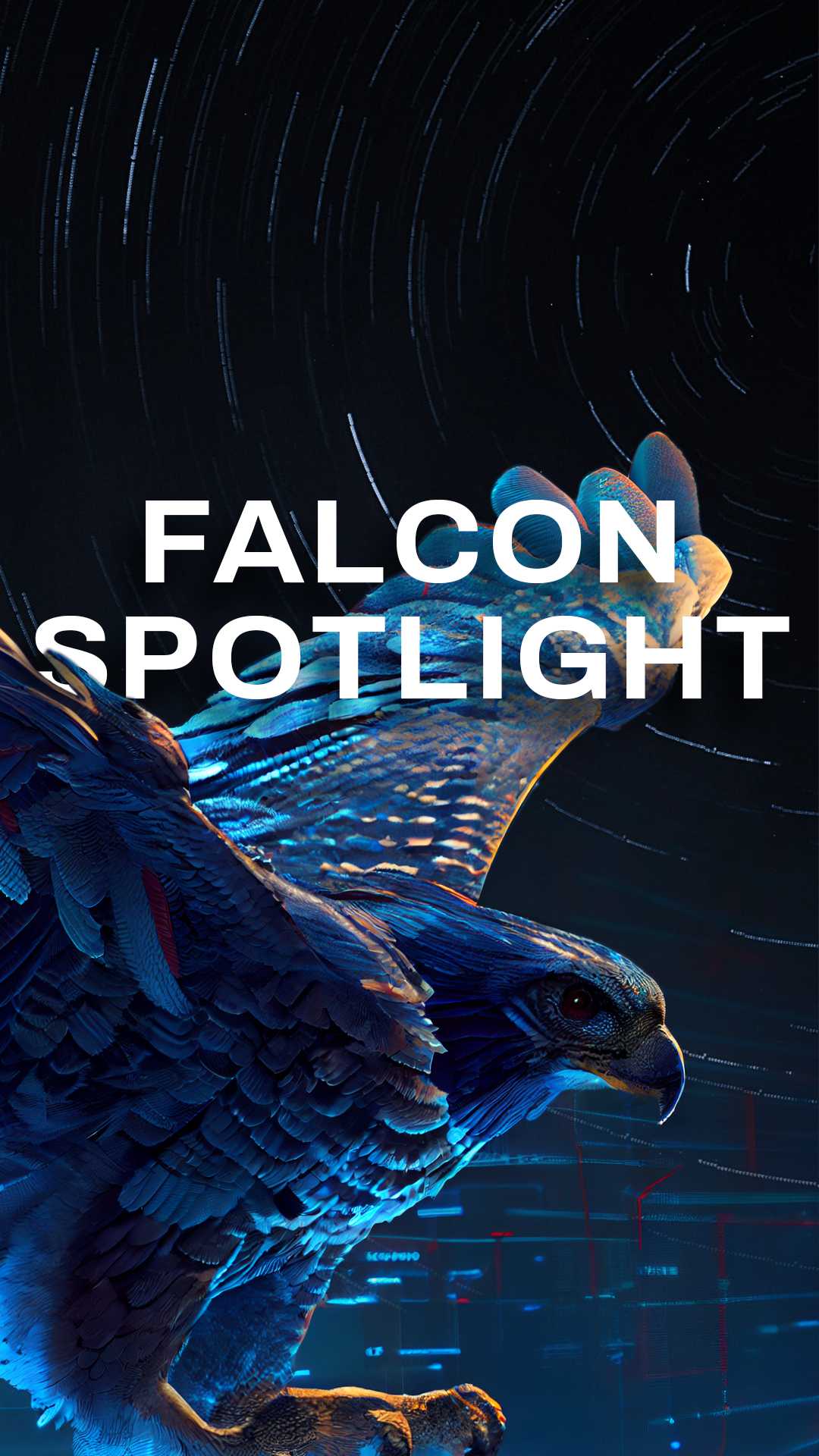
Simulating Colliding Black Holes Using Falcon
March 9, 2023As two black holes orbit in space, they emit gravitational waves into the universe. These waves carry energy keeping the black holes apart. But as the waves get stronger, the black holes can spiral towards each other and merge into one giant black hole.
In nearby Hanford, Washington in 2015, the first ever gravitational wave was detected by humanity. A LIGO (laser interferometer gravitational wave observatory) detected the waves coming from a colliding pair of black holes 1.3 billion light years away. Indeed, LIGO has unveiled an aspect of the Universe that was previously unseen, and its discoveries resulted in the leaders of LIGO being awarded the 2017 Nobel Prize in Physics.
Zachariah Etienne, a computational astrophysicist and associate professor at the University of Idaho, simulates these colliding black holes using the Falcon supercomputer. These simulations provide the foundation for our understanding of the black holes and how they orbit.
By Kelsey Swenson,
IIDS Scientific Writing Intern